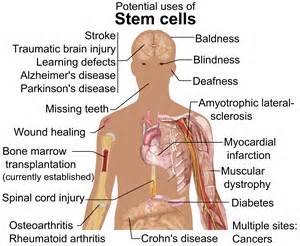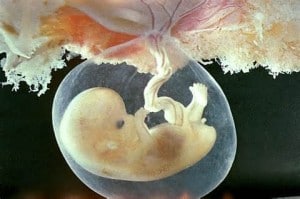
You may then ask yourself why are there so many doctors promoting stem cell facelifts and fat transfers as being the chalice of youth or life’s elixir to immortality and aging. The simple answer is finance and marketing. By promoting your fat transfer as being different, labeling it with the trendy buzz prefix of “stem cell”, prospective patients will naturally think they are getting something better, longer-lasting and more natural.
You may then ask yourself why their before-and-after photos are impressive. The simple answer is that for every before-and-after photo of a stem cell-enriched fat transfer there are 10 equally-as-impressive before-and-after results from regular fat transfers. The bottom line is that one can achieve equivalent results from a regular, well-performed fat transfer-specifically, one in which the fat is appropriately harvested, cleaned and transferred by the physician with precision and artistry. Fat is basically serving as a filler, but one that is extraordinary. Extraordinary because it is not only permanent but is actually living as well-consequently it can grow or shrink depending if the patient gains or loses weight, respectively.
 Stem cell science is in its infancy and we have much to learn. Indeed, many stem cell scientists now believe that the byproducts of stem cells (cytokines, etc) play a far more important role in healing than the actual stem cells themselves.Fat is a rich source of stem cells but to assume that the stem cells, when transplanted into the face, can miraculously know how to uniquely reverse aging is pipe-dreaming at best.
Stem cell science is in its infancy and we have much to learn. Indeed, many stem cell scientists now believe that the byproducts of stem cells (cytokines, etc) play a far more important role in healing than the actual stem cells themselves.Fat is a rich source of stem cells but to assume that the stem cells, when transplanted into the face, can miraculously know how to uniquely reverse aging is pipe-dreaming at best.
Randal Haworth M.D., F.A.C.S.
Beverly Hills
